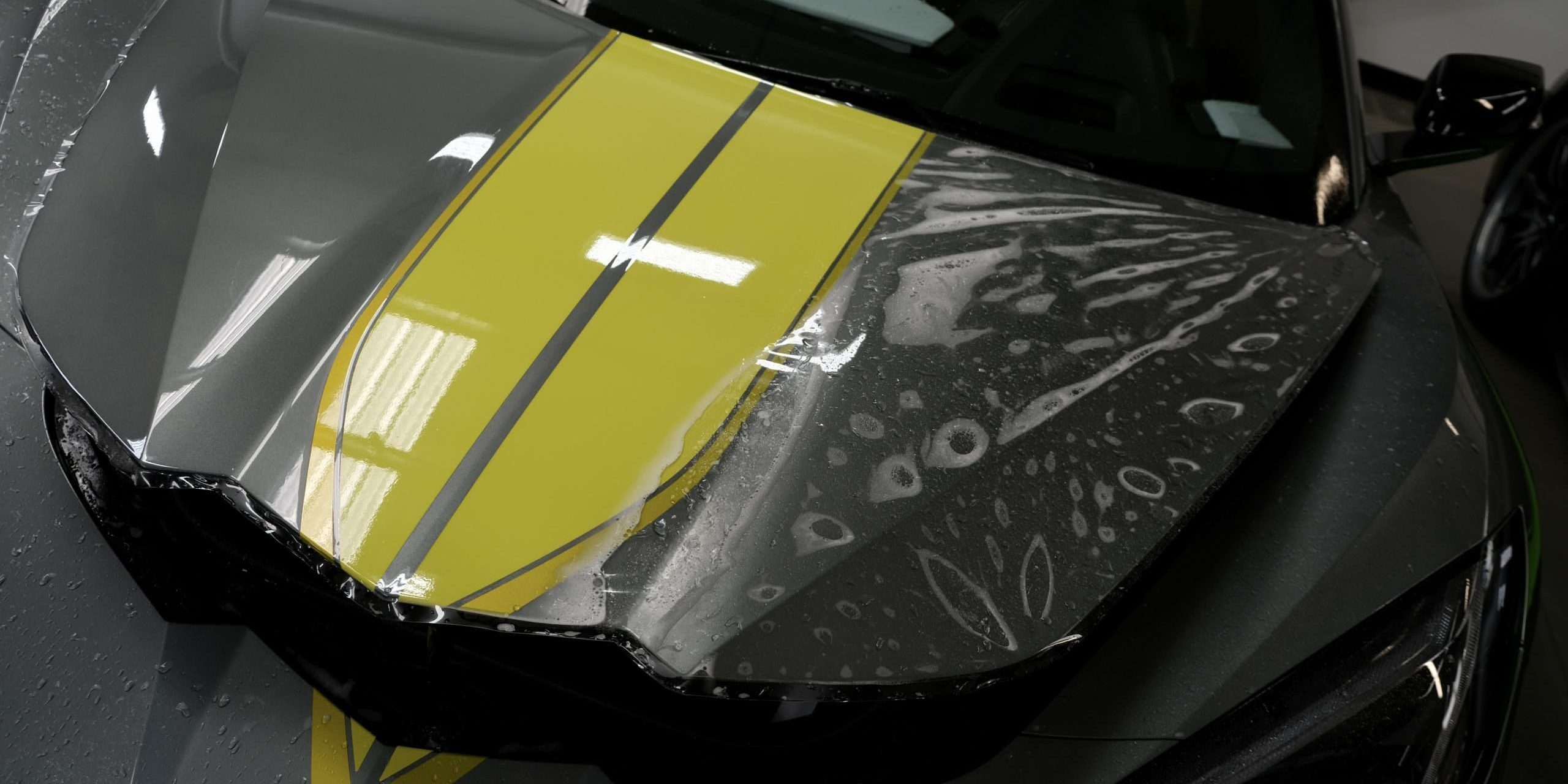Comprehending Why Paint Protection Film Is Considered the Optimum Selection for Enhancing the Longevity of Window Tinting
The assimilation of Paint Defense Film (PPF) combined with window tinting has actually increasingly been identified as a strategic method to prolonging the lifespan and visual allure of colored windowss. By supplying a robust obstacle against ecological elements such as UV rays and contaminants, PPF not just maintains the honesty of window filmss but additionally simplifies upkeep. This synergy elevates relevant inquiries about the relative effectiveness of PPF versus standard safety actions. Comprehending these distinctions might significantly influence selections made by car proprietors-- an exploration that calls for further consideration.
Advantages of Paint Protection Film

Additionally, PPF is highly immune to yellowing and fading, which can be typical with other safety finishes. This durability indicates that lorry owners do not need to stress over frequent reapplication or upkeep. The self-healing residential or commercial properties of high-grade PPF allow minor scrapes to go away when revealed to heat, further boosting the long life of the lorry's appearance.

Just How PPF Boosts Window Tinting
The protective buildings of paint protection film (PPF) expand beyond the car's outside to boost the efficiency of window tinting. By working as a barrier against ecological contaminants, PPF assists preserve the quality and integrity of window filmss, guaranteeing that they do ideally in time. This extra layer of security protects against scrapes and abrasions from day-to-day damage, which can considerably affect the appearance and capability of window colors.
Additionally, PPF gives UV resistance that enhances the sun-blocking capabilities of window color. While window tinting reduces heat and glare, PPF further reduces unsafe UV rays, shielding both the car's interior and the tint itself from fading and degeneration. This synergy not just prolongs the life expectancy of the color yet also enhances the general visual charm of the car.
Furthermore, the hydrophobic homes of PPF make it less complicated to clean up and maintain tinted windowss, stopping dust and grime from collecting. This convenience of upkeep ensures that the tint maintains its aesthetic allure and efficiency for a more extended duration, eventually making PPF an invaluable investment for car owners looking for to improve their window tinting experience.
PPF Vs. Traditional Safety Measures
Comparing paint security film (PPF) to standard protective actions exposes substantial advantages that PPF supplies for vehicle owners. Conventional techniques, such as wax, sealants, or ceramic layers, often supply a short-lived barrier versus ecological components but normally call for regular reapplication. In contrast, PPF is a long lasting solution that can last a number of years without the demand for consistent upkeep, making it an extra cost-effective alternative in the future.
Additionally, PPF flaunts remarkable influence resistance contrasted to traditional products. It effectively absorbs small abrasions and prevents damage from road debris, while typical waxes or sealers might only offer minimal protection versus scrapes and chips. This resilience means that automobile proprietors can keep the aesthetic charm of their paint, preventing pricey repair work.
In Addition, PPF is developed to self-heal from minor scratches and swirl marks, a function not found in several conventional safety procedures. This self-repair capacity ensures that the vehicle's surface area remains aesthetically appealing find more for an extensive duration.
Installation Process of PPF
Installing paint defense film (PPF) involves a careful procedure that guarantees ideal attachment and sturdiness (ppf portland). The primary step is detailed surface area prep work, which consists of washing the vehicle to remove pollutants and afterwards drying it completely. Any flaws, such as scrapes or swirl marks, should be fixed to create a remarkable base
Next, the installer measures and cuts the PPF to fit the certain contours of the vehicle. Pre-cut kits are usually used for accuracy, however customized cuts may be required for distinct forms. A slip remedy, typically a mixture of water and a couple of drops of soap, is then used to both the lorry surface area find more and the glue side of the film, enabling for repositioning throughout setup.

Long-Term Care and Upkeep Tips
Correct setup of paint protection film (PPF) lays the structure for its lasting efficiency and look. To preserve the honesty of the film, regular cleansing is crucial. Make use of a pH-neutral car laundry soap and a soft microfiber fabric or sponge to carefully remove dust and particles. Avoid rough materials that might damage the film's surface.
Additionally, avoid utilizing extreme chemicals or solvents, as these can degrade the glue and the film itself. It is recommended to clean the vehicle by hand as opposed to utilizing automatic vehicle cleans, which may consist of brushes that can harm the PPF.
Evaluate the film occasionally for any kind of signs of wear or damage, such as gurgling or peeling edges. Attending to these issues promptly can avoid additional wear and tear. Get in touch with an expert for repairs. if required.
Lastly, prevent revealing the film to too much heat or straight sunshine for prolonged durations, as this can bring about discoloration and loss of sticky residential or commercial properties - ppf portland. By complying with these maintenance tips, you can make sure that your paint protection film remains to enhance the long life of your window tinting and keep the visual allure of your lorry
Conclusion
Finally, Paint Protection Film (PPF) acts as a vital part in prolonging the life-span of window tinting. By supplying read the article a robust obstacle against impurities and UV rays, PPF not just preserves the clarity and color honesty of window filmss however also simplifies upkeep via its hydrophobic buildings. The advantages of PPF over typical safety procedures even more emphasize its importance in automobile treatment, ensuring both visual allure and sturdiness in the long-term.
The assimilation of Paint Protection Film (PPF) in combination with window tinting has increasingly been identified as a critical method to prolonging the life-span and aesthetic appeal of colored windowss.One of the most substantial advantages of paint security film (PPF) is its capacity to protect the aesthetic integrity of a car's surface area.The safety properties of paint defense film (PPF) prolong past the automobile's exterior to boost the performance of window tinting.Comparing paint security film (PPF) to traditional safety actions discloses significant benefits that PPF supplies for vehicle owners. ppf portland.In final thought, Paint Protection Film (PPF) serves as an important element in extending the life-span of window tinting